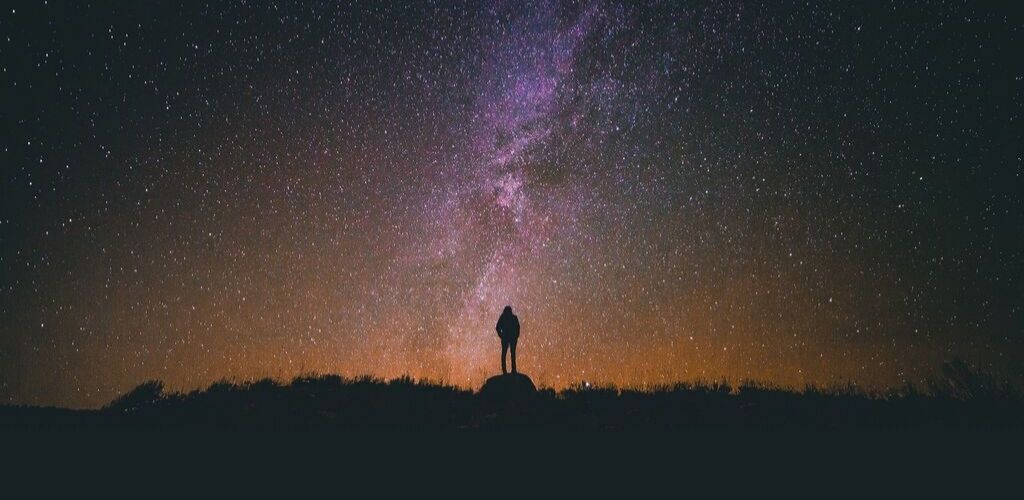
If you are lucky enough to receive the telescope you dreamed of so much at Christmas, here are some of the celestial objects that you will be able to observe after dark in December and January.
Click on your location: Northern hemisphere | Southern hemisphere
Northern hemisphere
Star map from December to January in the Northern hemisphere
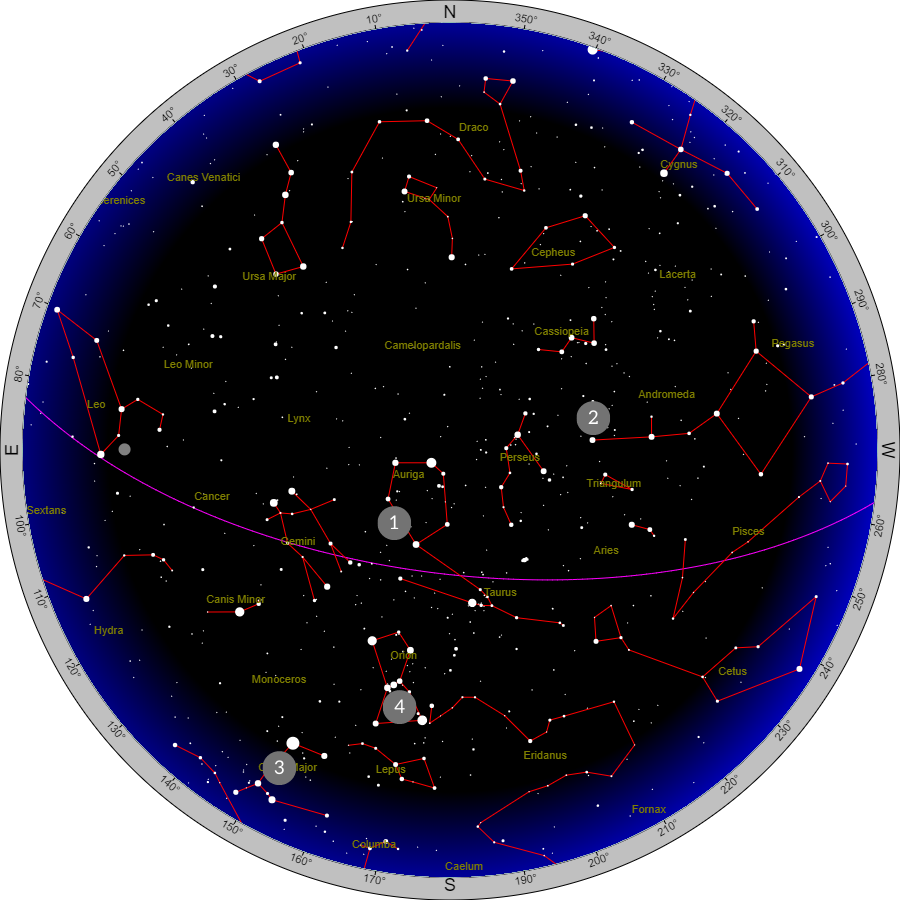
1) Auriga constellation (M36, M37 and M38)
Observation hours: almost all night.
These three star clusters are arranged more or less diagonally in the southern part of the Auriga constellation. They are at a distance between 3500 and 4500 light years from Earth, in the pale band of light that stretches across the sky and is called the Milky Way. This is one of the spiral arms of our galaxy.
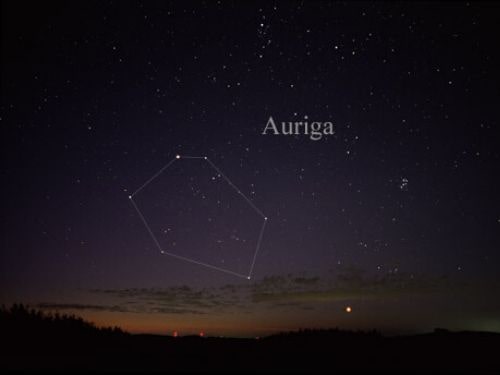
2) Andromeda Galaxy
Observation hours: from the beginning to the middle of the night.
The Andromeda galaxy is the most distant object observable with the naked eye from a place without light pollution. Through binoculars you can see an elongated and misty spot. Through a telescope, the center of the galaxy will appear very bright. The Andromeda galaxy is located 2.5 million light years away. As it is not very bright, only a photograph taken with a long exposure time can show it clearly.
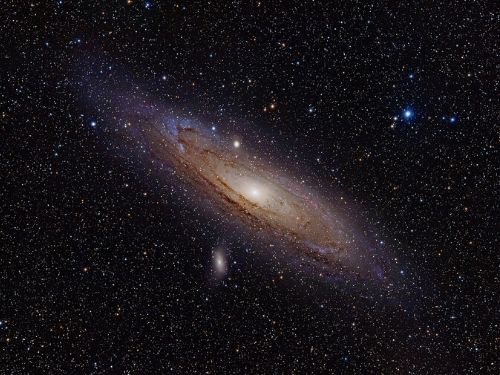
3) Open cluster (M41)
Observation hours: mid-evening to early morning.
This open cluster is often forgotten by observers because it is located quite low on the horizon. Through binoculars, follow an imaginary line south from Sirius, the brightest star in the sky. You will effortlessly arrive at the small group of stars that make up this beautiful cluster. It looks like an irregular patch of light, but a telescope will reveal the myriad of stars that make it up.
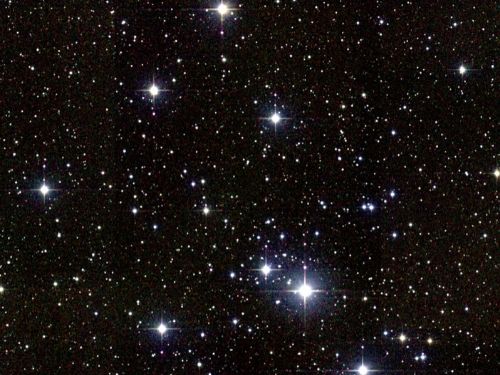
4) Orion Nebula (M42)
Observation hours: almost all night.
It is one of the most observed celestial objects in the night sky. Long exposure times reveal the greyish or greenish colors cloud of dust and gas. The Orion nebula shows fascinating scrolls of matter. It is part of a larger set of nebulae that surround almost the entire constellation.
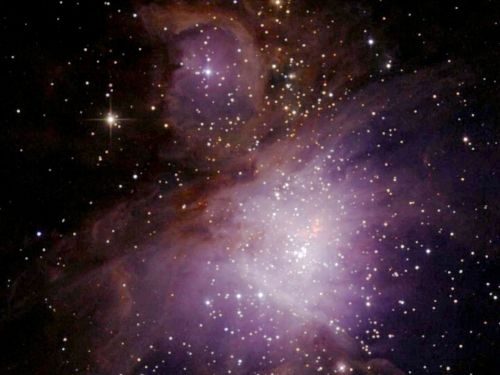
Southern hemisphere
Star map from December to January in the Southern hemisphere
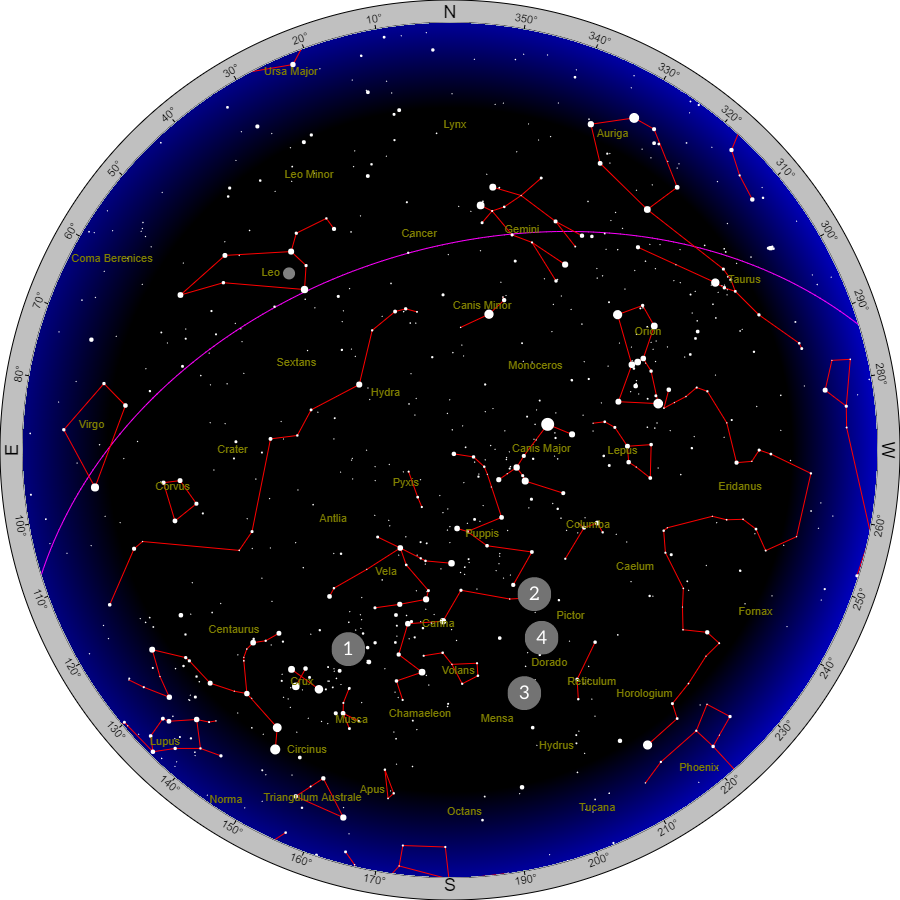
1) Eta Carinae and the Keyhole Nebula in the Carina Nebula (NGC 3372)
Observation hours: during dark night hours.
Follow the Milky Way with your eyes. Shortly after the Southern Cross constellation, you notice a knot of bright light. This area is full of nebulae. The Eta Carinae star is nestled in the nebula from which it takes its name. As you observe it, you will notice a dark void in the nebula, called the Keyhole, for obvious reasons.
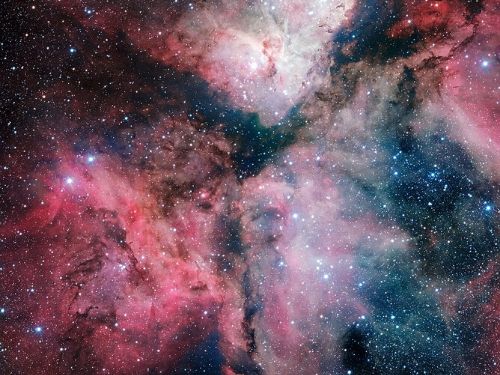
2) Canopus
Observation hours: dark night hours.
Canopus is the second brightest star in the sky. During the winter months, it can be observed in the south, high in the sky. It is the brightest star in the Carina constellation. This constellation was itself part of the huge Ship Argo constellation (Argo Navis), supposed to represent the ship of Jason and the Argonauts. The Ship Argo constellation has since been divided into the three constellations of Carina, Puppis and Vela. Canopus is a variable star, but its brightness varies little. It is 310 light years away and it is the brightest star in a radius of 700 light years from Earth.
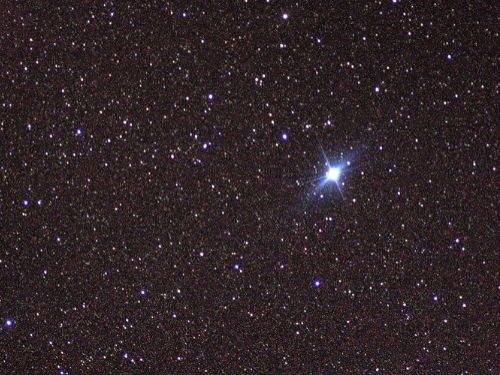
3) Large Magellanic Cloud (LMC)
Observation hours: during dark night hours.
The Large Magellanic Cloud is observable from the southern hemisphere. With the naked eye, it is only a hazy spot, but if you look at it through binoculars or a telescope, you will be captivated by what you will see. Take a look around the area to see clouds of veiled light interspersed with bright spots, dark areas and dazzling star clusters. What you are observing is a satellite galaxy of the Milky Way.
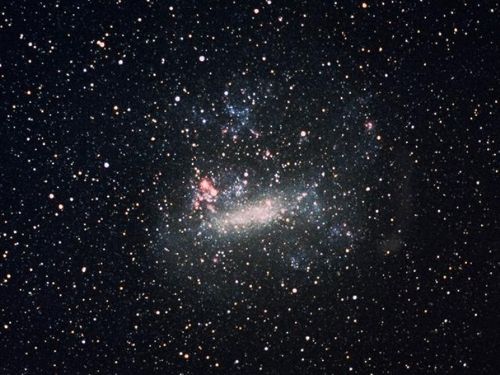
4) 47 Tucanae (NGC 104)
Observation hours: during dark night hours.
Globular clusters are compact aggregates of stars that orbit our galaxy and contain some of the oldest stars in the universe. 47 Tucanae is the second brightest. To the naked eye, it looks like a blur of light. It is 13,400 light years from Earth and 120 light years in diameter. It is not far from the Small Magellanic Cloud (SMC), a cousin of the Large Magellanic Cloud.
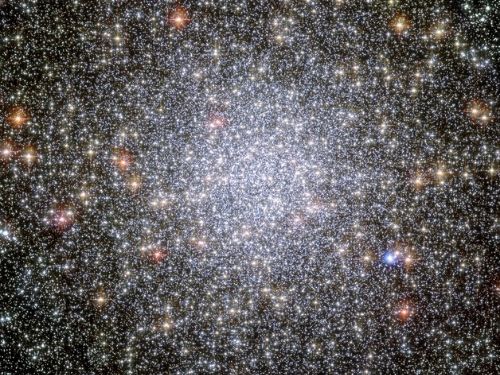

Image credits
- Auriga constellation: Till Credner / CC BY-SA (https://creativecommons.org/licenses/by-sa/3.0)
- Andromeda galaxy: Adam Evans / CC BY (https://creativecommons.org/licenses/by/2.0)
- Open cluster (M41): Two Micron All Sky Survey (2MASS), a joint project of the University of Massachusetts and the Infrared Processing and Analysis Center/California Institute of Technology, funded by the National Aeronautics and Space Administration and the National Science Foundation. / Public domain
- Orion Nebula (M42): 2MASS project / Public domain
- Keyhole nebula: ESO / CC BY (https://creativecommons.org/licenses/by/4.0)
- Canopus: NASA / Public domain
- Large Magellanic Cloud: NASA/Ames Research Center / Public domain
- 47 Tucanae (NGC 104): ESA/Hubble / CC BY (https://creativecommons.org/licenses/by/4.0)